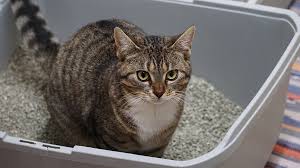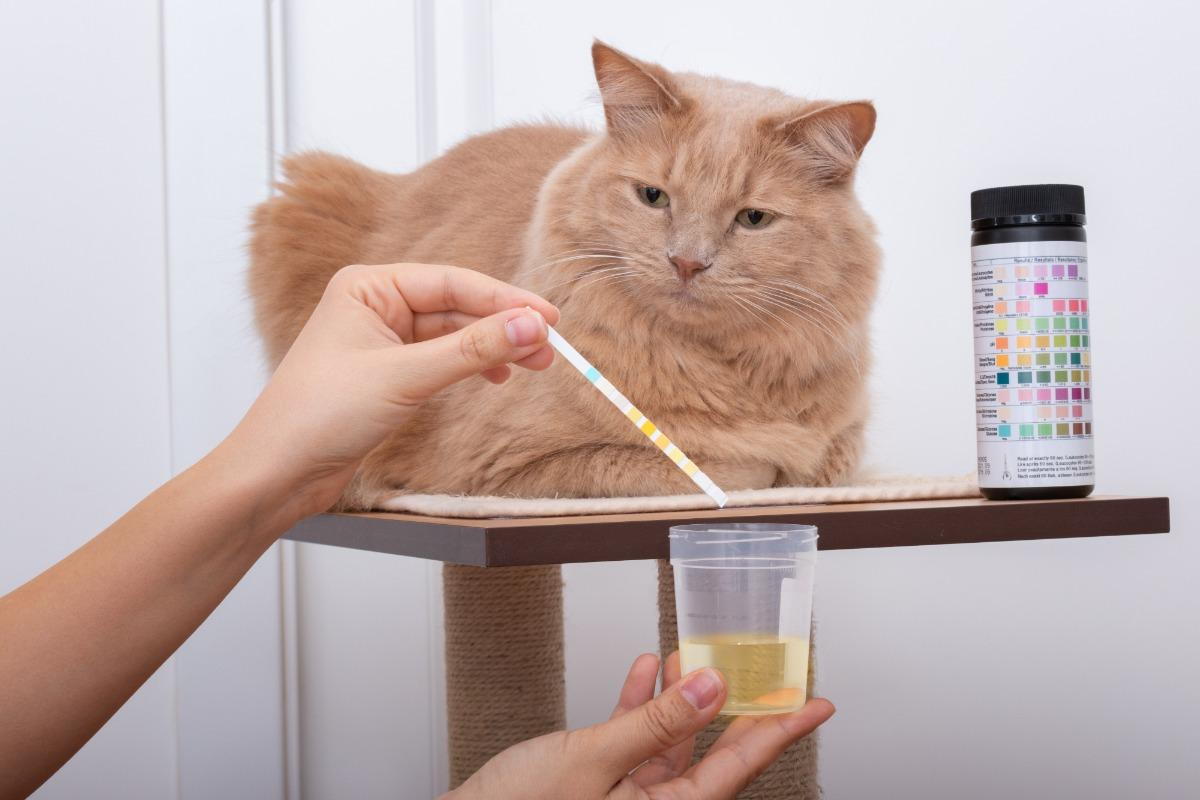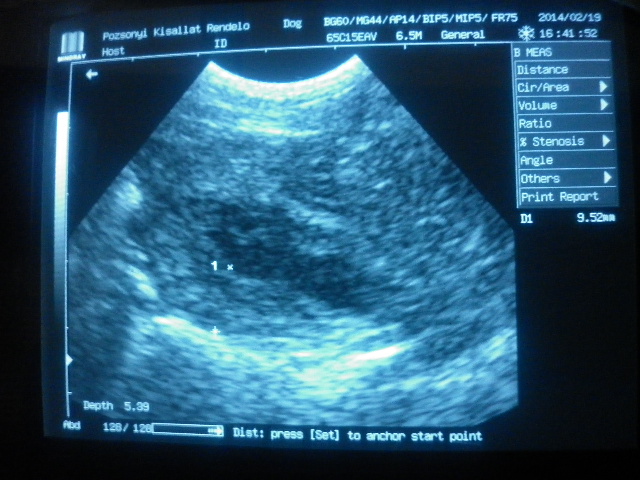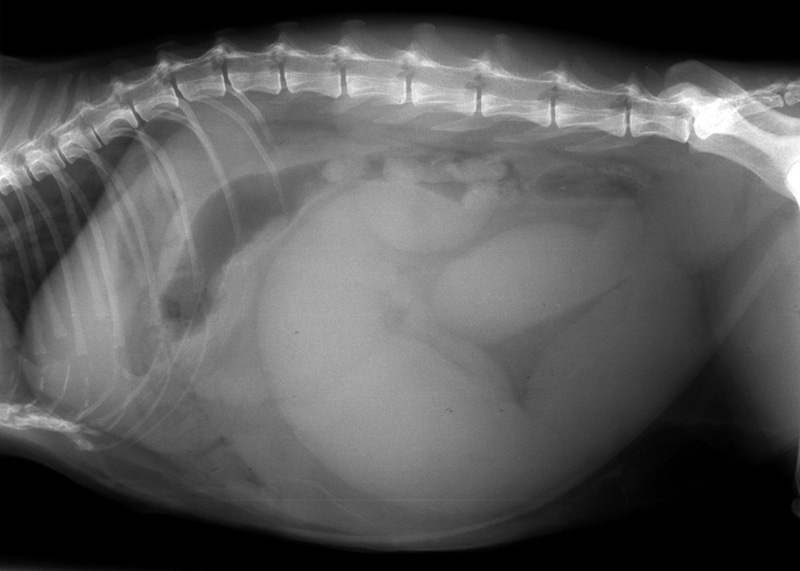Urinary and uterus diseases in cat

Urinary and Uterine Diseases
Feline Lower Urinary Tract Disease (FLUTD)

Introduction:
Household cats typically have a lower fluid intake, so there is a tendency for their urine to be more dense. Urine crystals can precipitate in dense urine, which can lead to urination problems. The urethras of males are much longer and narrower than those of females, and can be made even more narrow if neutering is done too early. Due to this, it is common to see urethral blockages in male cats, especially those who are indoors, overweight, and have a poor diet.
Symptoms:
Bladder stones scratch the walls of the bladder and urethra, causing inflammation. Cats will frequently go to their litterbox to urinate, crying painfully at any urination, and the urine may be malodourous or bloody as well. Bladder crystals can block the urethra, causing complete inability to urinate, and a suddenly deteriorating general condition. In case of urethral obstruction, the bladder and abdominal region will continue to expand and, if the bladder is not emptied, abdominal pain and vomiting can occur along with congestive kidney failure; ultimately causing dehydration and death without treatment.
Prevention:
Tomcats should be neutered after they have reached sexual maturity, or as late as possible. Proper water intake is important, which is difficult to track in cats, but with special cat food their daily water intake can be increased.
Treatment:
When first symptoms occur, urine testing is recommended because there are several types of urinary crystals (most commonly struvite and calcium oxalate) and frequent bacterial overpopulation. Based on the urine test, a special solution for the specific crystal will dictate which special dietetic cat foods and medications are needed. In case of urethral obstruction, without delay, consult a vet. In some cases, you can successfully solve the blockage by inserting a urinary catheter, but surgery is the only total solution.
Bladder Inflammation (Cystitis)

Introduction:
Bladder inflammation can develop for a number of reasons, most commonly urinary tract pathogens (bacteria). Frequent inflammation can be due to mucous membrane damage caused by bladder stones or precipitated crystals in the urine, and may also be associated with bladder infection. Cystitis may develop urine retention (e.g. spinal cord injury), micturition problems, or incontinence. Occasionally, it may also be associated with other illnesses, as an incidental finding. Cystitis secondary to diabetes, when sugar in the urinary bladder or urinary tract may be a good breeding ground for pathogens, or immune deficiency diseases (e.g. Cushing's disease) are perfect examples of this.
Symptoms:
Frequent or painful urination, straining, bloody urine, genital licking, and redness can all be signs of cystitis.
Diagnosis:
In addition to a thorough physical examination, a urinalysis is required for diagnosis. Ultrasounds or abdominal radiography may be required if bladder stones are suspected.
Treatment:
After accurate diagnosis, bacterial bladder inflammation can be treated with targeted antibiotic therapy. In some cases, urinary crystals can be resolved with the help of a special urinary diet. Sometimes, as in the case with persistent bladder stones, surgical intervention is required.
Uterine Inflammation (Metritis) and Infection (Pyometra)

Introduction:
During estrus, when the cervix is opened, the uterus is more exposed to infection. If estrus is prolonged due to abnormal ovarian function the chance of metritis increases.
Symptoms:
Generally, the symptoms appear 3-8 weeks after estrus. The first signs include polydipsia and increased urination. If the cervix remains open, vaginal discharge can be seen. If the cervix is closed, the infection will grow within the uterus, expanding both it and the abdomen, leading to poor appetite and lethargy.
Diagnosis:
If vaginal discharge is present, the illness can often be clearly diagnosed simply by physical examination, however sometimes additional testing, particularly abdominal ultrasound, may be necessary.
Treatment:
In milder cases, hormone therapy, antibiotics, and uterine flushing may be enough to treat metritis, however most often surgical removal of the infected uterus is recommended.
